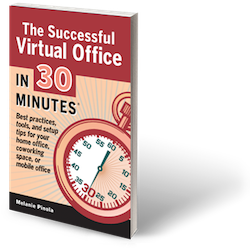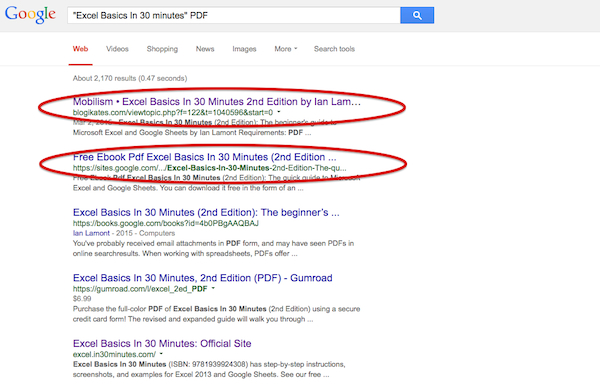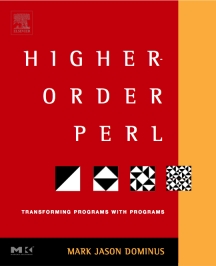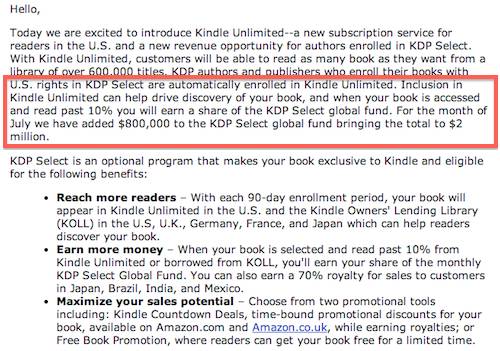Today i30 Media Corp., the publisher of In 30 Minutes guides, announces the release of a new book by award-winning author Melanie Pinola: The Successful Virtual Office In 30 Minutes: Best practices, tools, and setup tips for your home office, coworking space, or mobile office.
 This quick guide is intended to help virtual workers of all stripes (telecommuters, freelancers, independent professionals, entrepreneurs, etc.) set up and maintain a high-performance virtual office. Just as Pinola’s first book, LinkedIn In 30 Minutes, helped people supercharge their LinkedIn profiles and network more effectively, her new book about virtual offices makes it easy for everyone from newbies to experienced telecommuters to leverage new technologies and ways of working to achieve more.
This quick guide is intended to help virtual workers of all stripes (telecommuters, freelancers, independent professionals, entrepreneurs, etc.) set up and maintain a high-performance virtual office. Just as Pinola’s first book, LinkedIn In 30 Minutes, helped people supercharge their LinkedIn profiles and network more effectively, her new book about virtual offices makes it easy for everyone from newbies to experienced telecommuters to leverage new technologies and ways of working to achieve more.
Pinola is a true expert when it comes to this mode of work. Not only has she been working virtually since the 1990s, she’s written about it for Lifehacker and serves as the Mobile Office Expert for About.com. Jessica Lipnack, the author of Virtual Teams and The Age of the Network, calls The Successful Virtual Office In 30 Minutes a “thoroughly useful compendium of tips and tools” for working virtually.
“Once one virtual team member is remote, all members are,” Lipnack notes. “Very little work gets done today without virtual teaming, which means there’s a huge market for this helpful book.”
Why virtual offices are taking the world by storm
Virtual offices represent a huge shift in the way people get work done. If your job takes place in front of a computer screen, chances are you can work from practically anywhere, whether you’re on a beach in Bali, working out of a home office, or setting up shop in a downtown coworking space. According to one estimate published in the Journal of Labor Research, 65 percent of all jobs are amendable to at least part-time telework. In the United States alone, more than 30 million people are already working remotely on a part-time or full-time basis.
The Successful Virtual Office In 30 Minutes addresses everything from the mindset of working remotely to the practical tools and services virtual workers can leverage. Topics include:
Finding the best place to work and creating an efficient workspace (Chapter 1)
- Recommendations for setting up the ideal virtual office, based on the latest research.
- How to use alternative offices such as coffee shops and libraries to get more done.
- Four elements of a productive office.
- Ergonomics, or how to stay healthy at your desk.
- Essential supplies for your mobile office.
Learning strategies to help you work more effectively on your own and as a virtual team member (Chapters 2 & 3)
- How to ward off roommates, spouses, children, pets, phone calls, and other daily distractions.
- Crucial time-management tips to start and end your day.
- How to establish a rapport with virtual team members.
- Best practices for effective communication.
- Dealing with coworkers who don’t appreciate virtual work.
- How to cope with isolation.
Using technology to help you stay productive and connected (Chapter 4)
- The best apps for real-time communication and collaboration.
- Software to keep distractions at bay.
- The most important products for securing your digital life.
Chapter 4 is titled “Top Tech Tools to help you work smarter, not harder,” and includes more than 30 software programs, apps, and special services that Pinola recommends. They include everything from 1Password, a tool that stores passwords in an encrypted database, to Zapier, an application that automates repetitive tasks. You can see the full list here or check out some of the tools that are described in more detail on the blog, including MindMeister (sponsored post).
One of the most interesting sections of The Successful Virtual Office In 30 Minutes covers the social aspects of working remotely. It can be lonely and isolating. There are lots of online tools that can help with this. Pinola cites Slack, Webex, and LinkedIn Groups. Some remote workers and entrepreneurs turn to coworking spaces (the guide mentions Regus, WeWork, Desksnear.me, and a cool Wi-fi location app called Cubefree). But the author goes deep in her coverage of the social dynamic, with recommendations relating to family members, resentful colleagues, and managers of virtual teams.
The Successful Virtual Office In 30 Minutes is available today in a variety of formats. Buy the Kindle and paperback edition on Amazon, the iBooks edition for the iPad and iPhone, the Google Play edition for Android devices, and the Nook book. There is also a PDF edition.
For more information, be sure to visit the official website for the virtual office guide, or email info@in30minutes.com.



